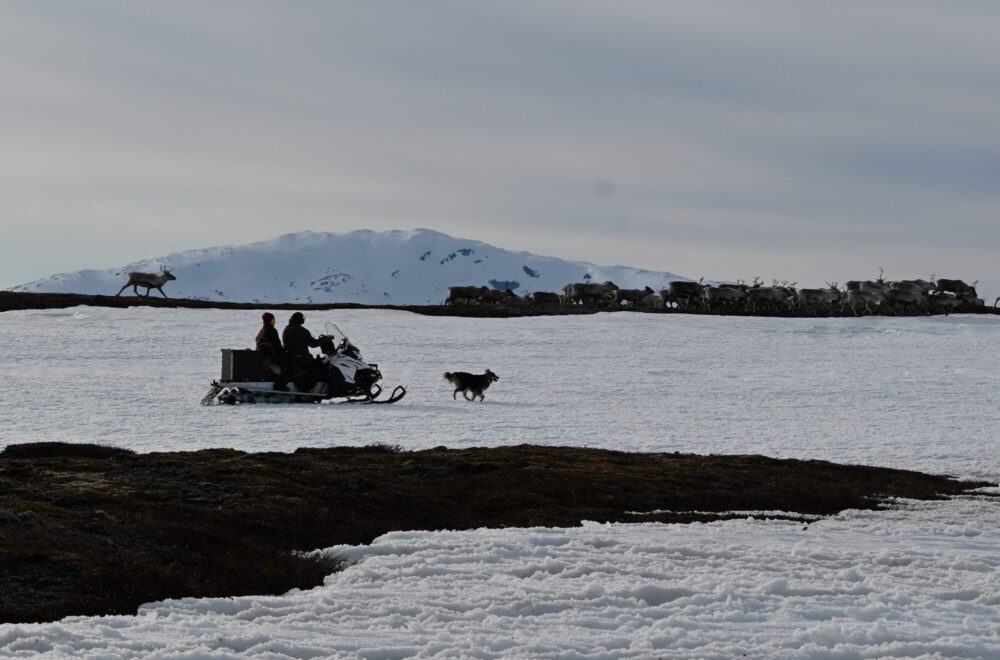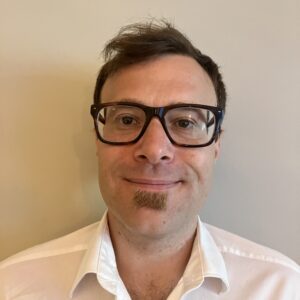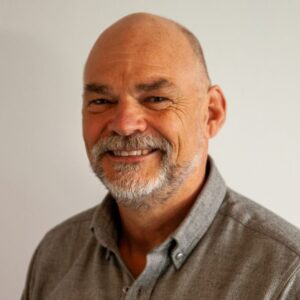
The Sámi National Day, February 6.
Lahkoe biejjine! Lihkku beivviin! Congratulations!
There are many things to celebrate on the Sámi National Day. Many young, but also adults want to take back their Sàmi identity. There is an interest for the endangered Southern Sámi language, and we see an a more active presence of people with different Sámi backgrounds, across the society. At the same time, racism and injustice did not disappear with the Truth and Reconciliation Commission’s report, that was approved by the parliament in 2024, with an apology to indigenous people and groups in Norway. The loss of land and water continues. This weakens the material basis for reindeer herding in particular – both as an industry and as a carrier of language, cultural heritage and knowledge about the surroundings and the interaction between humans, animals and nature. Climate change is the main driver of these losses. However, encroachment by several industries are pushing Sámi activities, way of life and individuals to the breaking point, often disregarding the knowledge these same activities may contribute to adapt and combat climate-change related issues.

Sørsamisk reindrift Illustrasjonsfoto: Marit Østby Nilsen
Several research projects at Ruralis are currently working to ameliorate this situation. Blue Places, which includes Sea Sámi interests in the Blue Economy, Civic Renewables focuses on acceptance of renewable energy. and “Justice first!”, funded by the Canadian research program NFRI, look at the possibilities for better and more just planning processes related to the Blue Economy and energy development projects.
What these projects are finding, is that Sámi institutions and Sámi people engaged in both traditional and non-traditional activities are currently suffering from administrative exhaustion, pressured by both national needs, especially linked to ‘the green transition’ and a lack of capacity and support
Along with poor processes in general, many cases end up in the legal system.
For a start, a very practical measure could be to take into use Sámi words and concepts to get a more comprehensive description of practices in reindeer herding, resource use in general, and phenomena in nature. That could make planning and legislative processes more just, and it could strengthen language, culture and science.





